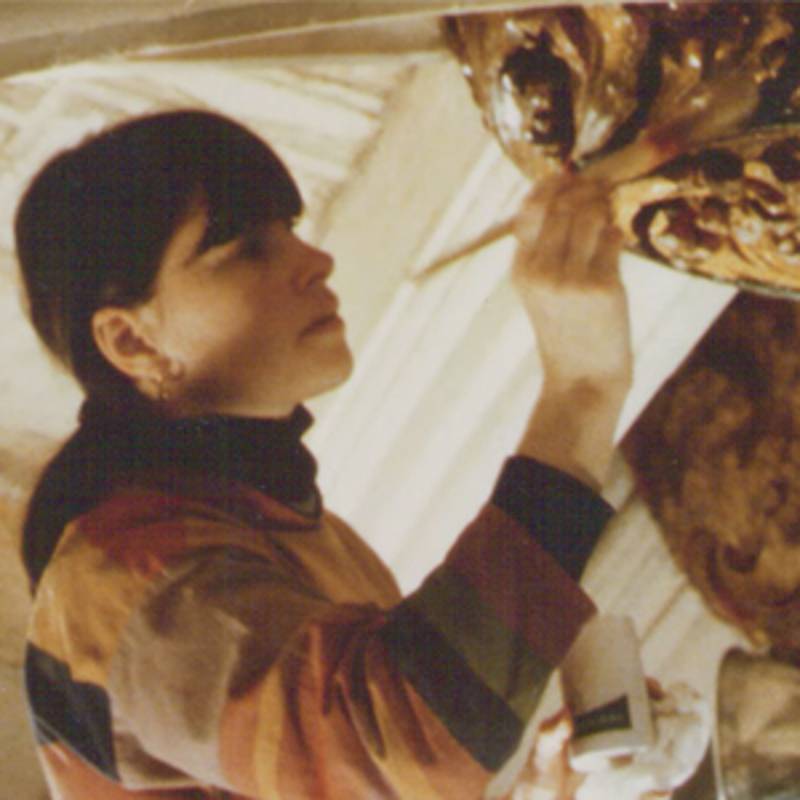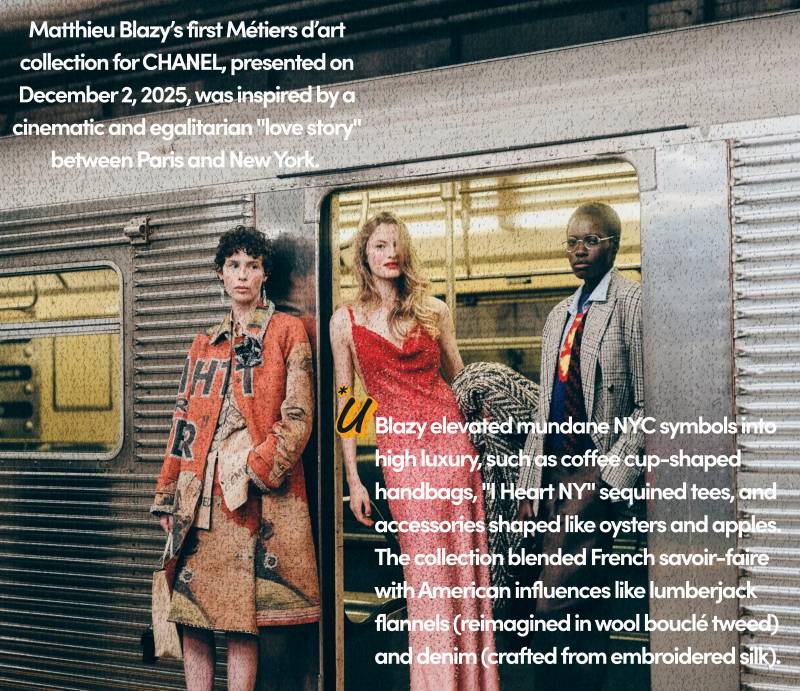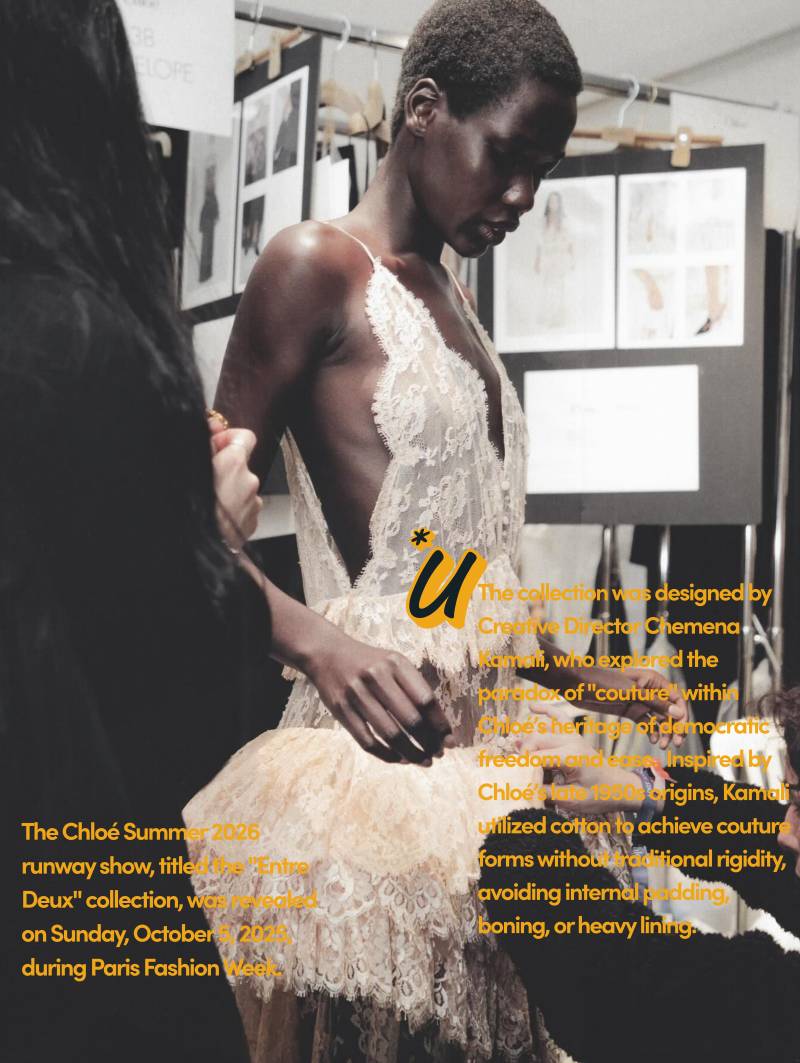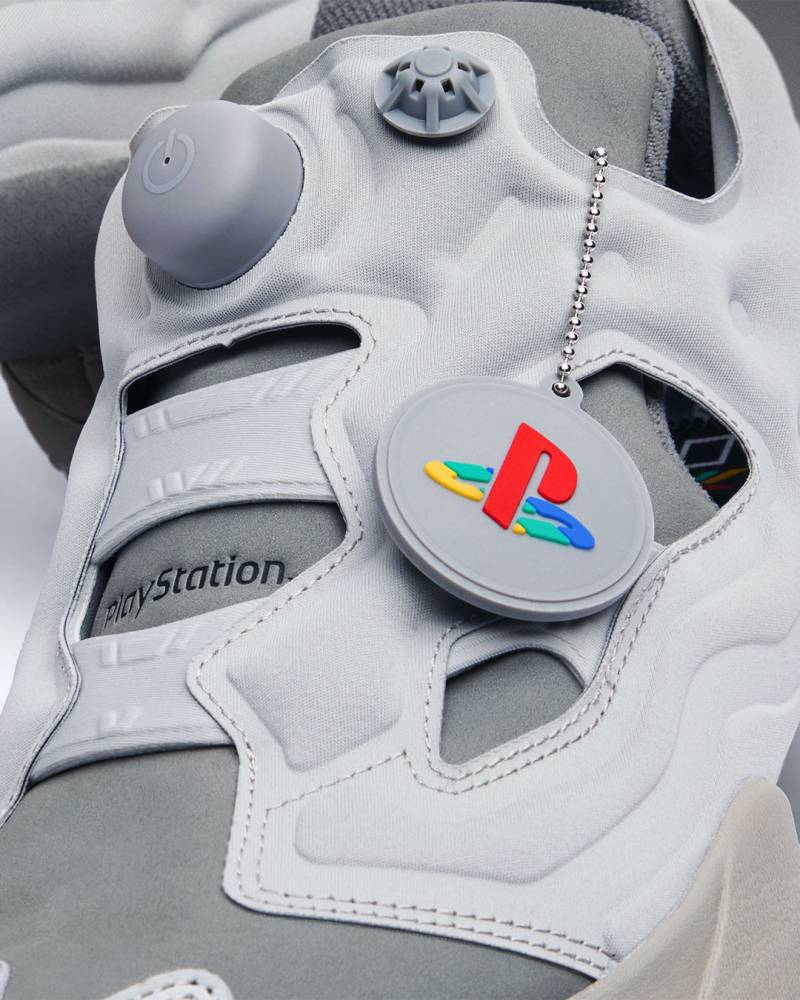When Loic Prigent points his camera at a runway, he isn’t just documenting fashion — he’s archiving history. And when that runway belongs to Willy Chavarria, what he captures is something more explosive: culture crashing into couture. In the latest episode of Prigent’s cinematic lens on fashion’s most defiant voices, Chavarria’s “Huron” collection commands attention. But this isn’t just about silhouettes and fabrics. It’s about memory, protest, identity, and the fight for space in rooms that never welcomed you in the first place.
Willy Chavarria has never shied away from confrontation. Not the kind that seeks to offend, but the kind that insists on being seen. A child of Mexican-American parents raised in the San Joaquin Valley of California, Chavarria brings that duality — the pressure to assimilate versus the desire to belong — into every hem, every stitch. His work has always been political, but in “Huron,” it’s practically revolutionary.

Related article - Uphorial Podcast
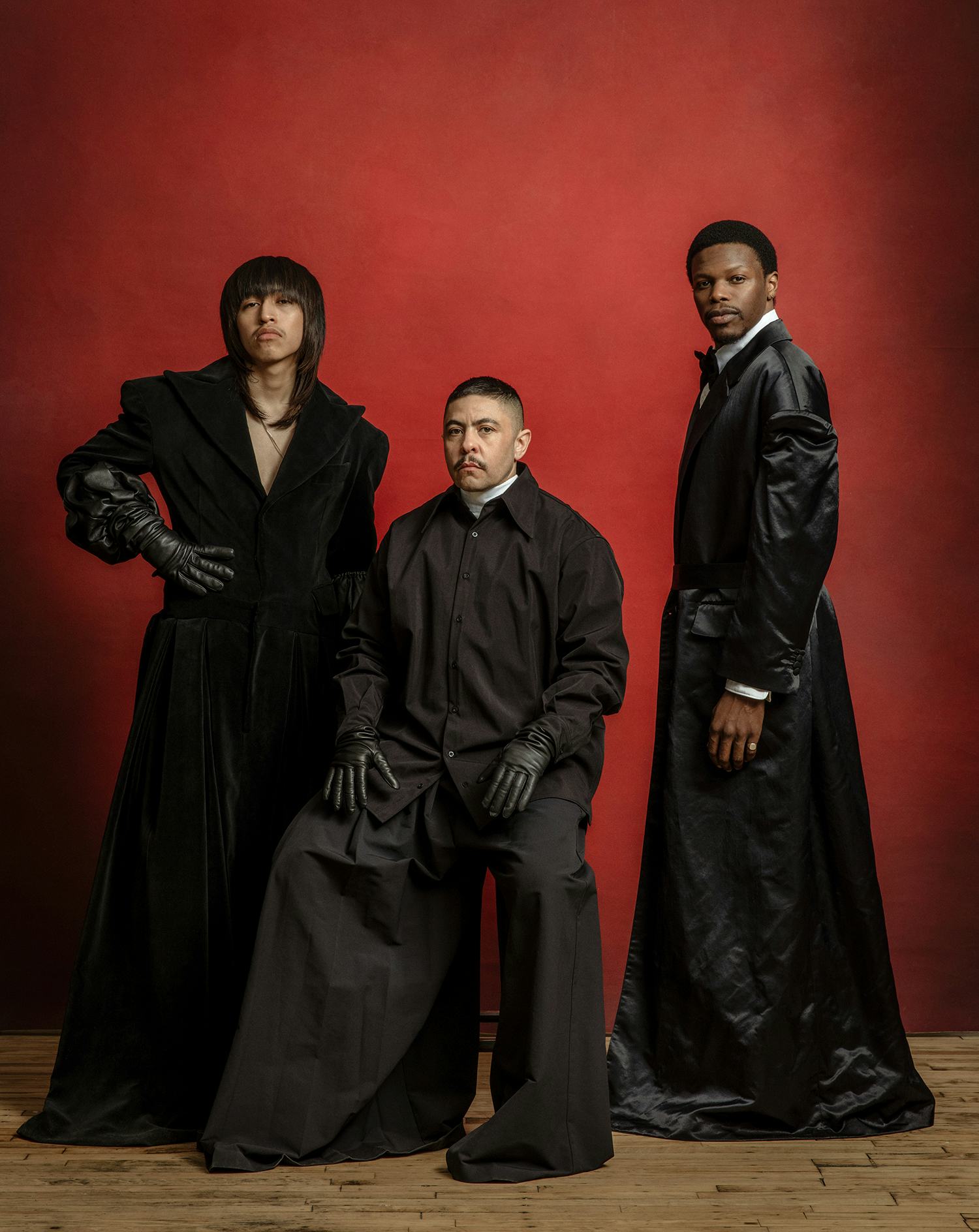
The runway cast speaks volumes. James Harden in all his athletic grandeur. Stefon Diggs — a symbol of black excellence in sport. Becky G, the pop icon who embodies second-generation grit. And Farida Khelfa, an ageless muse who carries the grace of rebellion. They’re not just walking; they’re testifying. In oversized suiting reminiscent of Zoot Suits — once banned because of their association with Latino youth during the 1940s — Chavarria resuscitates the look with fresh defiance. The nod to Zoot Suits isn’t just style nostalgia. It’s a reclamation, a historical middle finger wrapped in silk and swagger. But there’s tenderness, too. For all his muscle-flexing designs, Chavarria’s work often reveals an emotional core. There’s softness in his boldness. The cuts might be sharp, but the intention is healing. He is not designing for shock — he is designing to tell the truth. A truth that many of his wearers have lived, sometimes painfully, often invisibly.
“Huron” arrives at a moment where fashion feels, again, at a crossroads. Where commercialism threatens to dilute messages that once made the runway a pulpit for change. But here, with Loic Prigent capturing the energy like a docu-journalist of the style resistance, Chavarria reminds the audience: fashion is still a weapon. And in the right hands, it can start fires. The unexpected collaborations this season — Charles Jourdan, Adidas — elevate the aesthetic without compromising the message. Chavarria isn’t selling out; he’s buying in on his terms. Streetwear meets high fashion, sportswear meets political commentary. Adidas stripes cut through wide-leg pants like exclamation marks. Jourdan’s refined craftsmanship intersects with urban cool, creating a tension that works because Chavarria understands balance. He doesn’t beg for approval — he builds his language.
And Prigent’s storytelling — observational yet intimate — becomes the perfect vehicle. He doesn’t interrupt. He documents. He lets Chavarria’s voice ring loud. This is the kind of film that doesn't just entertain fashion nerds; it educates. It urges us to look beyond the front row, beyond the Instagram carousel, into the hearts of those who design not just to be admired but to be understood. There’s a reason why the runway shook when Chavarria presented “Huron.” It wasn’t just the music, or the casting, or even the tailoring. It was the weight of history — the kind that’s been erased—being walked back into relevance. Chavarria isn’t trying to fit into the fashion industry. He’s stretching its seams. In a world where authenticity is often performative, Willy Chavarria remains grounded. Fiercely real. And thanks to Loic Prigent’s lens, the world gets to witness it not as a passing trend, but as a movement in motion.
